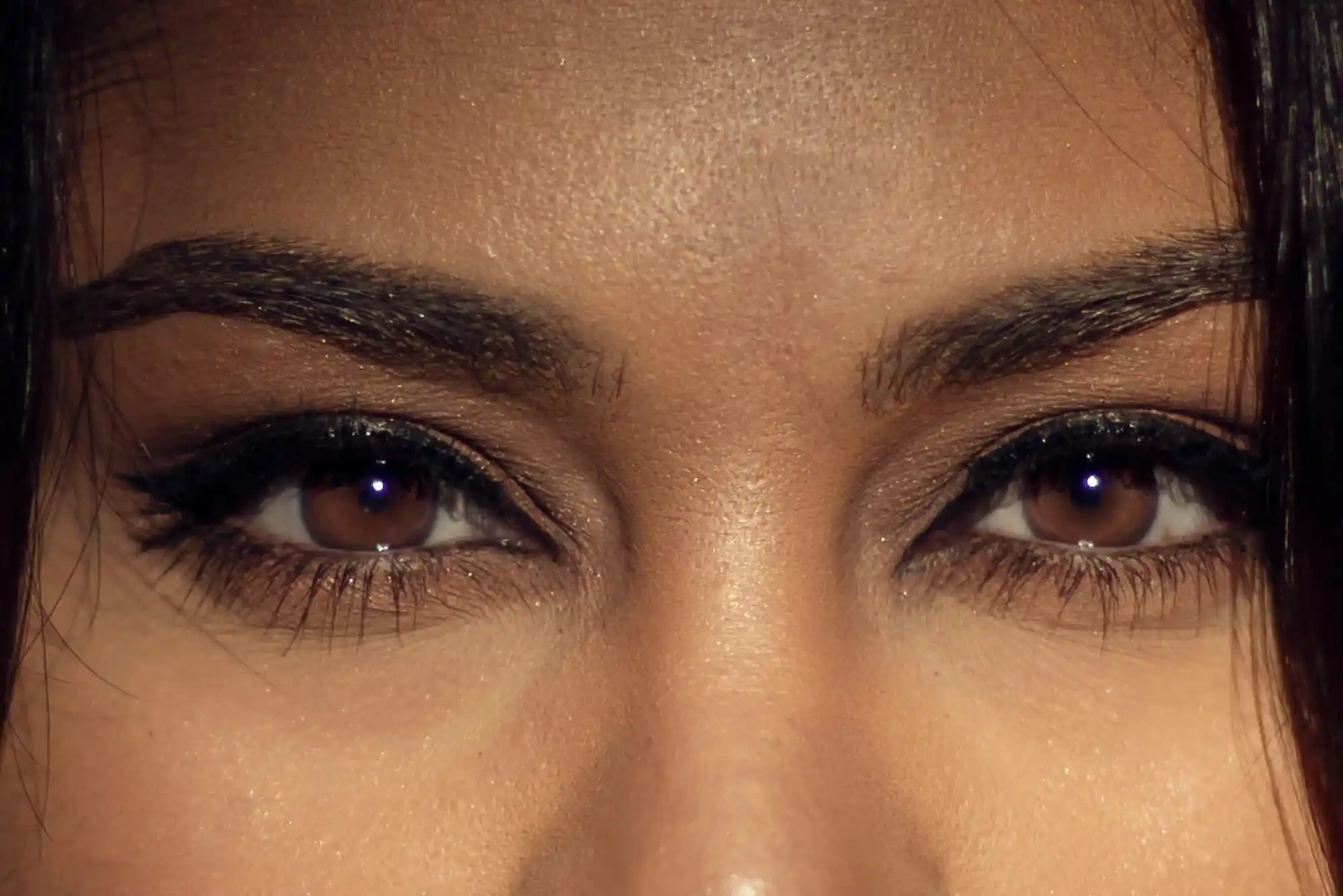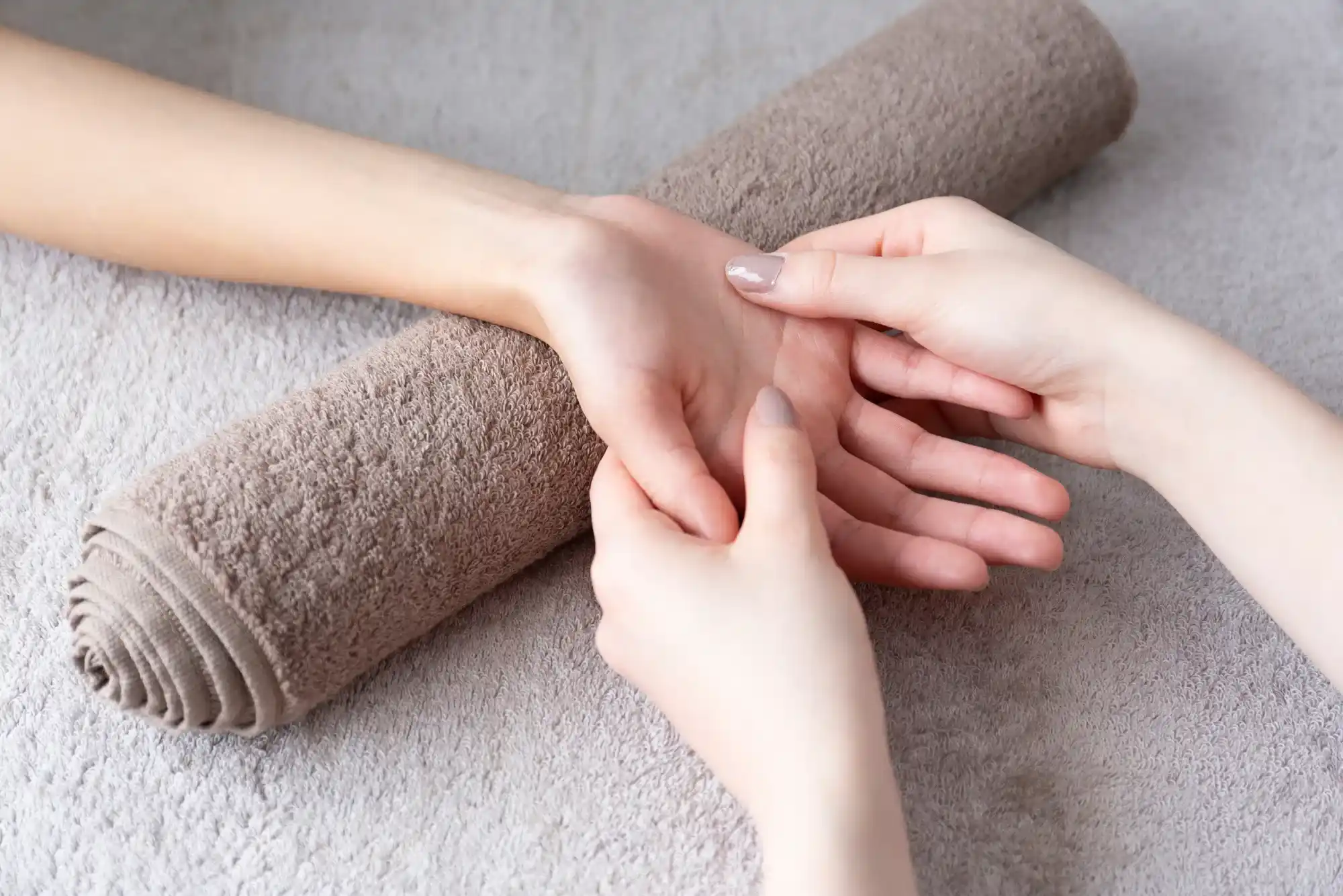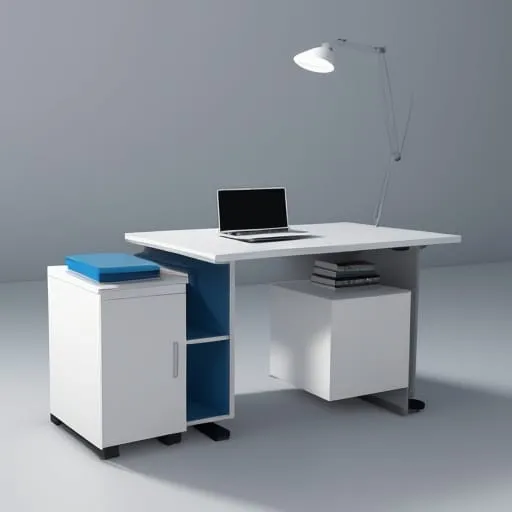Introduction
Baby carriers provide a convenient way to keep your little one close while keeping your hands free. However, picking the right baby carrier for comfort and support is essential to ensure safety and ease for both parent and baby. With various types available, knowing what to look for can make the decision easier. This guide will walk you through everything you need to consider when selecting a baby carrier that suits your needs.
Why Choosing the Right Baby Carrier Matters
A well-designed baby carrier offers several benefits, including proper spine and hip alignment for the baby, reduced strain on the parent’s back, and ease of mobility. Incorrectly chosen carriers can lead to discomfort, poor posture, and even safety hazards. Therefore, understanding the essential factors in picking a suitable baby carrier is crucial.
Types of Baby Carriers
Different types of baby carriers cater to various needs, preferences, and ages of babies. Here are the primary types available:
- Wrap Carriers: Made of soft, stretchy fabric that wraps around your body for a snug fit. Ideal for newborns.
- Ring Slings: Adjustable fabric worn over one shoulder, perfect for quick carrying and breastfeeding.
- Soft-Structured Carriers (SSC): Features padded straps and buckles for better weight distribution, suitable for long-term use.
- Meh Dai (Mei Tai) Carriers: A mix between a wrap and SSC, featuring shoulder and waist straps.
- Backpack Carriers: Designed for older babies and toddlers, providing sturdy support for long walks.
How to Choose the Right Baby Carrier: Step-by-Step Guide
Consider Your Baby’s Age and Weight
Different carriers are designed for specific age ranges. Newborns require soft and snug options like wraps and slings, while older babies need structured support.
Check for Ergonomic Design
The carrier should support the baby’s hips in an ‘M’ position to prevent hip dysplasia. Look for options certified by organizations like the International Hip Dysplasia Institute.
Look for Adjustable Features
An adjustable waistband, shoulder straps, and seat panel ensure a comfortable fit as your baby grows.
Ensure Proper Back Support
Both the parent and baby should have proper back support. A padded lumbar support feature in SSCs helps distribute weight evenly.
Choose Breathable and Durable Fabric
Opt for materials like cotton or mesh to ensure breathability, especially in warmer climates. Avoid synthetic fabrics that may cause overheating.
Consider Ease of Use
Some carriers, like wraps, have a learning curve, while SSCs and ring slings are easier to put on and take off. Consider what works best for your lifestyle.
Safety First
Ensure the carrier has strong buckles, secure stitching, and meets safety guidelines to avoid accidental slips or falls.
Test for Comfort
If possible, try the carrier before buying. Ensure it evenly distributes weight and does not dig into your shoulders.
Benefits of Using a Baby Carrier
Using a baby carrier enhances bonding between parent and baby while providing numerous benefits:
- Hands-free convenience for multitasking
- Comfort and security for the baby
- Reduced crying and increased calmness
- Encourages natural hip and spine development
- Ideal for breastfeeding on the go
Common Mistakes to Avoid When Choosing a Baby Carrier
- Choosing the wrong size for your baby’s age
- Ignoring weight distribution and back support
- Not considering climate and fabric breathability
- Overlooking safety certifications and ergonomic design
FAQs
1. What is the best baby carrier for newborns?
Wrap carriers and ring slings are ideal for newborns as they provide a snug and secure fit.
2. Are baby carriers safe for a baby’s hips?
Yes, as long as the carrier keeps the baby’s legs in an ‘M’ position, preventing hip dysplasia.
3. Can I use a baby carrier for a toddler?
Yes, structured carriers and backpack carriers are excellent options for toddlers.
4. How long can a baby stay in a carrier?
It is recommended to give breaks every 2-3 hours to allow the baby to stretch and move freely.
5. Where can I buy the best baby carriers?
You can find top-quality baby carriers at Baby Products and shop online at Qubix Shop Online.
Choosing the right baby carrier ensures comfort and safety for both the parent and baby. By considering factors such as ergonomic design, fabric, adjustability, and safety, you can make an informed decision. Whether you prefer a wrap, sling, or structured carrier, selecting the right one will make parenting more convenient and enjoyable. For the best options, check out Qubix Dubai Shop Online.











